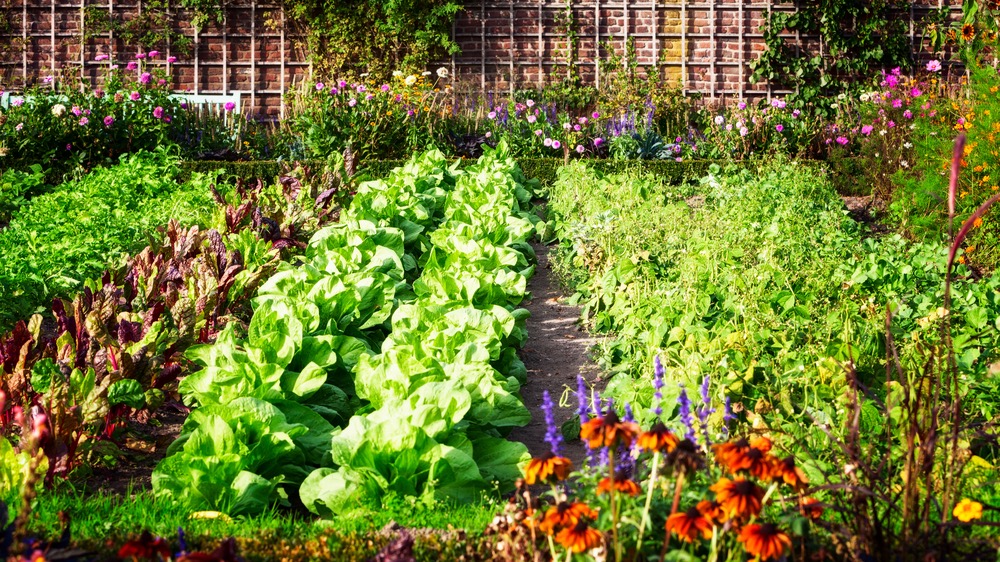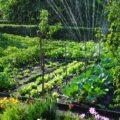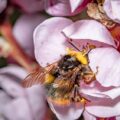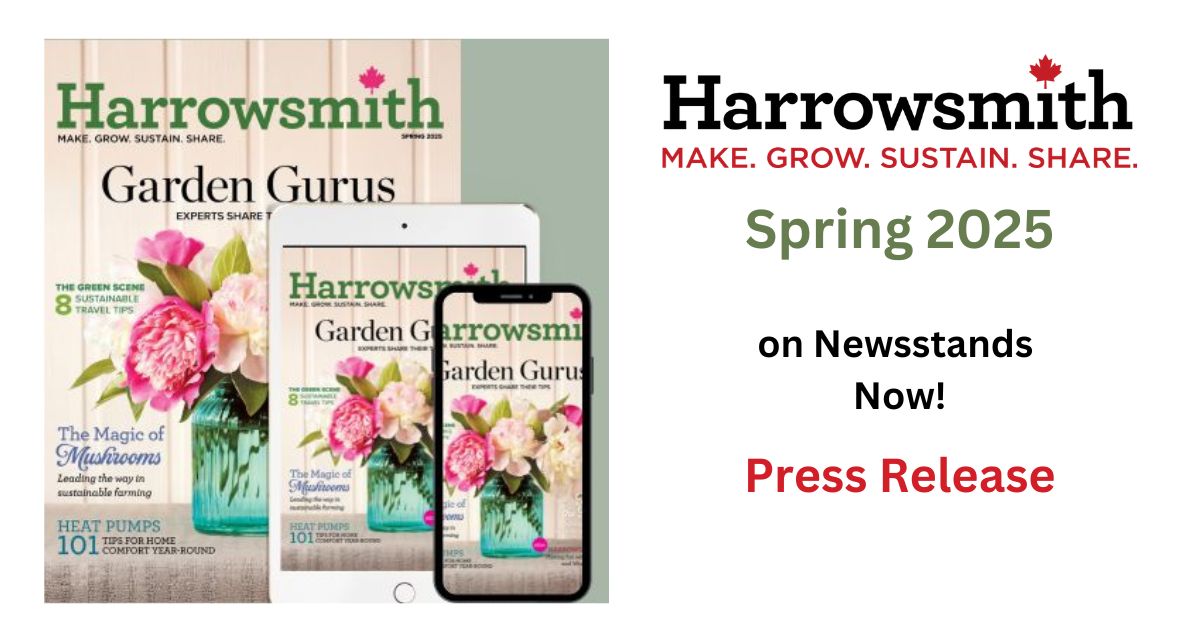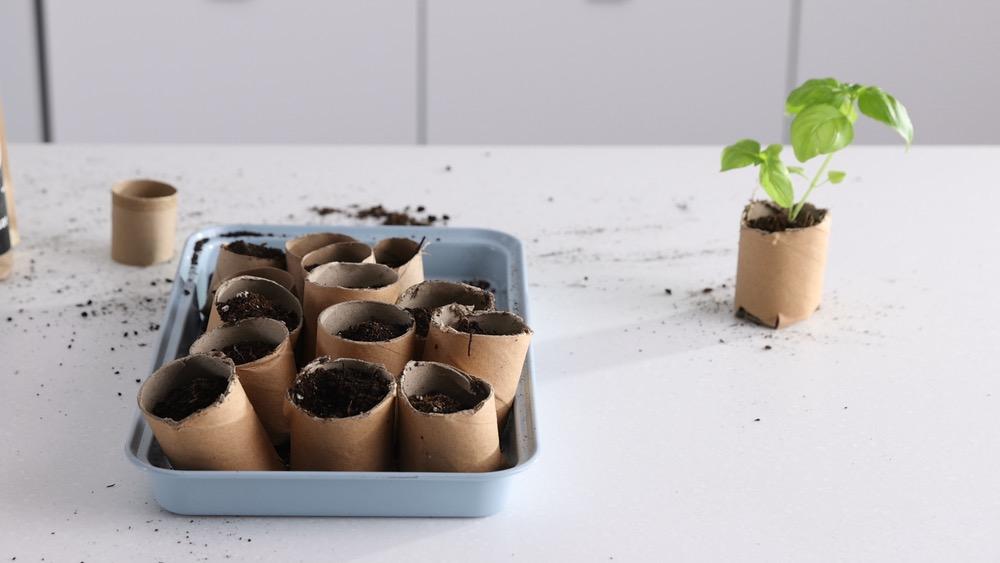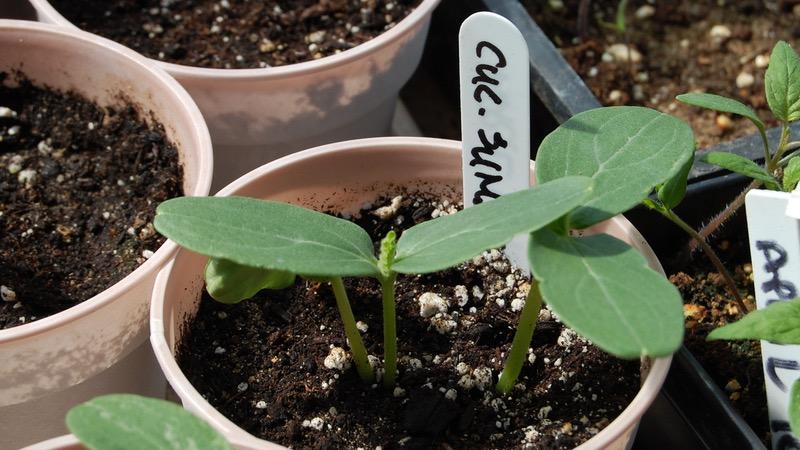While friendship is considered a finer human trait possessed by few other animal species, some plants play well together. “Companion planting” has a long history going back to many First Nations of present-day North America. Corn, beans and squash are a famous combination: corn for height; beans, which climb the corn while fixing nitrogen into the soil; and squash with their big leaves to form a canopy that shades out weeds below.
How to Start a Vegetable Garden in 12 Easy Steps
In the Canadian Prairies, Cullen’s Foods organic farmers interplant chickpeas with flaxseed, which allows the flax to grow in drier areas while reducing the disease pressure on the chickpeas. Chickpeas also require drought to form proper pods, and flax will compete for water resources while crowding out weeds, causing just the right amount of stress for the chickpeas.
Popular Food Crops and Their Yield
In our backyard vegetable gardens, tomato and basil are a favourite combination. Basil tolerates the partial shade created by tomatoes in the heat of summer, and basil is said to protect against pests. While the science is not fully proven, we find that the culinary combination of basil and tomato is reason enough to put these two together. If you have ever enjoyed fresh tomatoes with homemade pesto, you know what we are talking about.
With their aggressive roots and shady canopies, trees can present problems for gardeners, though they are a challenge we have both embraced in our current yards. Just this year, Ben crammed four shade trees into his small urban yard. The trick to integrating trees into a landscape is pairing them with the understorey shrubs and woodland plants you would find them with in the wild. A collection of native ferns will perform well around a dogwood, which will, in turn, tolerate the dappled shade of a mature oak to create a balanced natural landscape. Put together enough friendly plants, and you will find yourself at a garden party.
5 POPULAR COMPANIONS IN THE FOOD GARDEN
1. Garlic and roses
2. Garlic and tomatoes
3. Marigolds and tomatoes
4. Peppers and tomatoes, parsley, basil, carrots
5. Strawberries and peaches
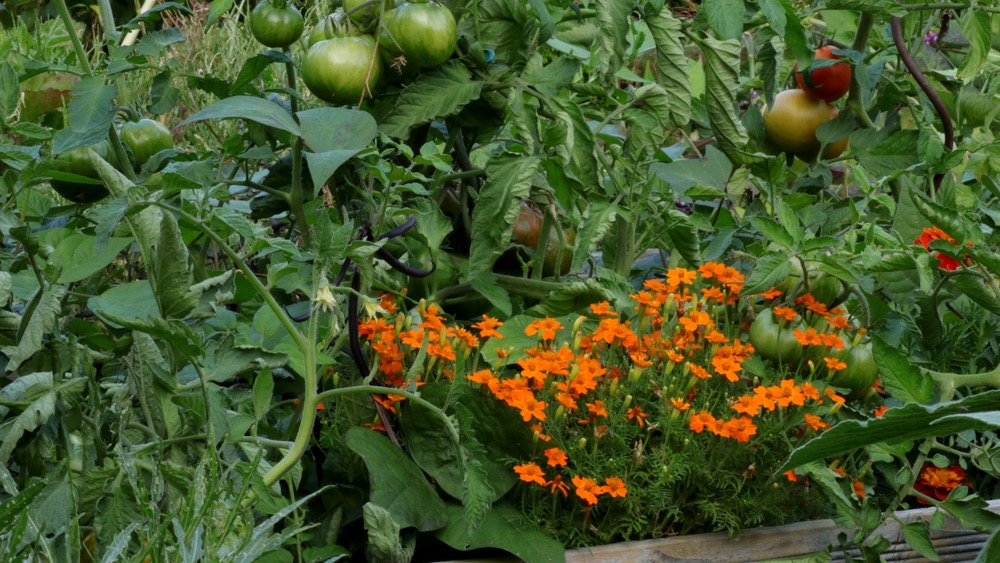
5 COMBINATIONS TO AVOID
1. Apples and potatoes
2. Broccoli and tomatoes
3. Peppers and beans
4. Potatoes and melons
5. Garlic and onions next to peas and beans
Always Add Compost
Remember that the most important companion to any food garden plant is compost. Compost is de-“composed” organic matter, which is to say, anything containing carbon that has had the opportunity to rot down under the right conditions. Ideal compost will contain diverse source material — kitchen scraps, animal manures, fallen leaves — that has spent at least a season rotting down and is teeming with active microbial life. These bacteria, actinomycetes, fungi, protozoa and nematodes mobilize to turn kitchen scraps into compost and to make those nutrients available to plants. Compost is the least expensive and best fertilizer for your garden. Learn how to make your own compost here.
Mark Cullen is an expert gardener, author, broadcaster and tree advocate
and holds the Order of Canada. His son, Ben, is a fourth-generation
urban gardener and a graduate of the University of Guelph and Dalhousie
University in Halifax. Follow them at markcullen.com, @MarkCullen4
(Twitter) and @markcullengardening (Facebook) and look for their latest book, Escape to Reality.
Follow them at markcullen.com, @MarkCullen4, facebook.com/markcullengardening and biweekly on Global TV’s national morning show, The Morning Show.

